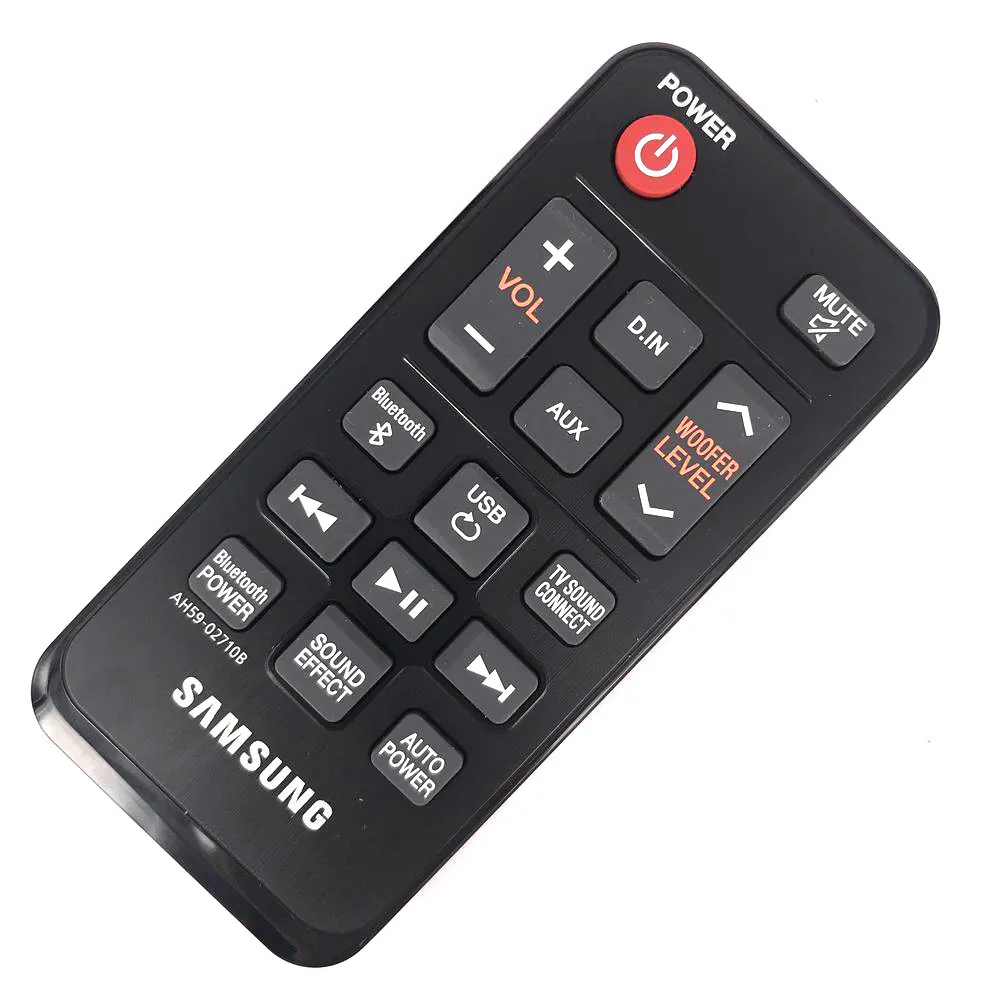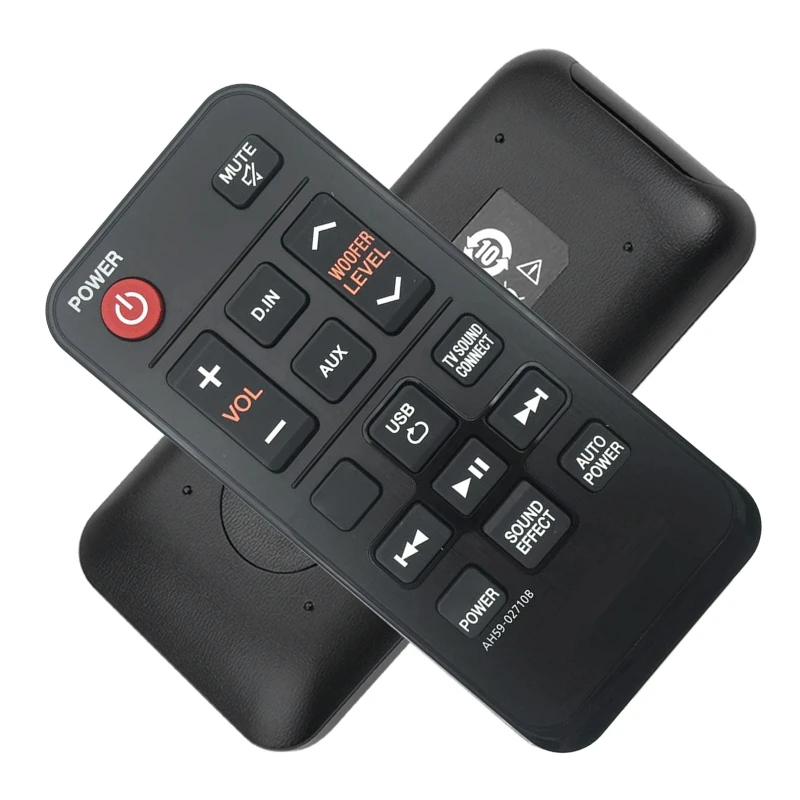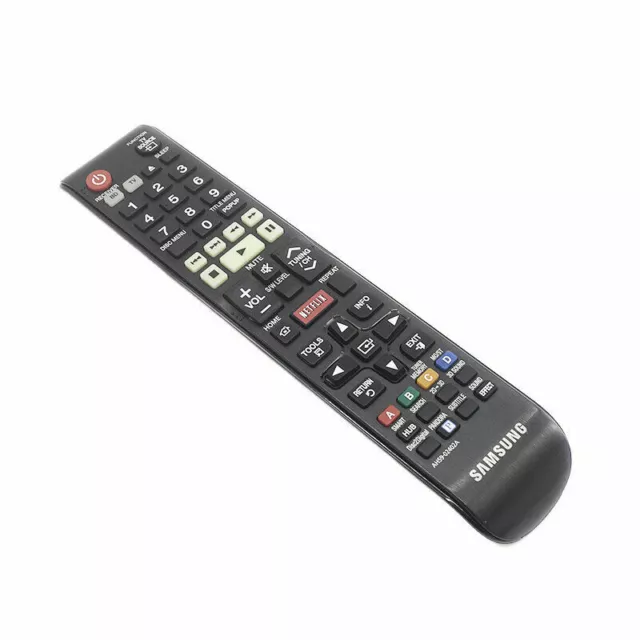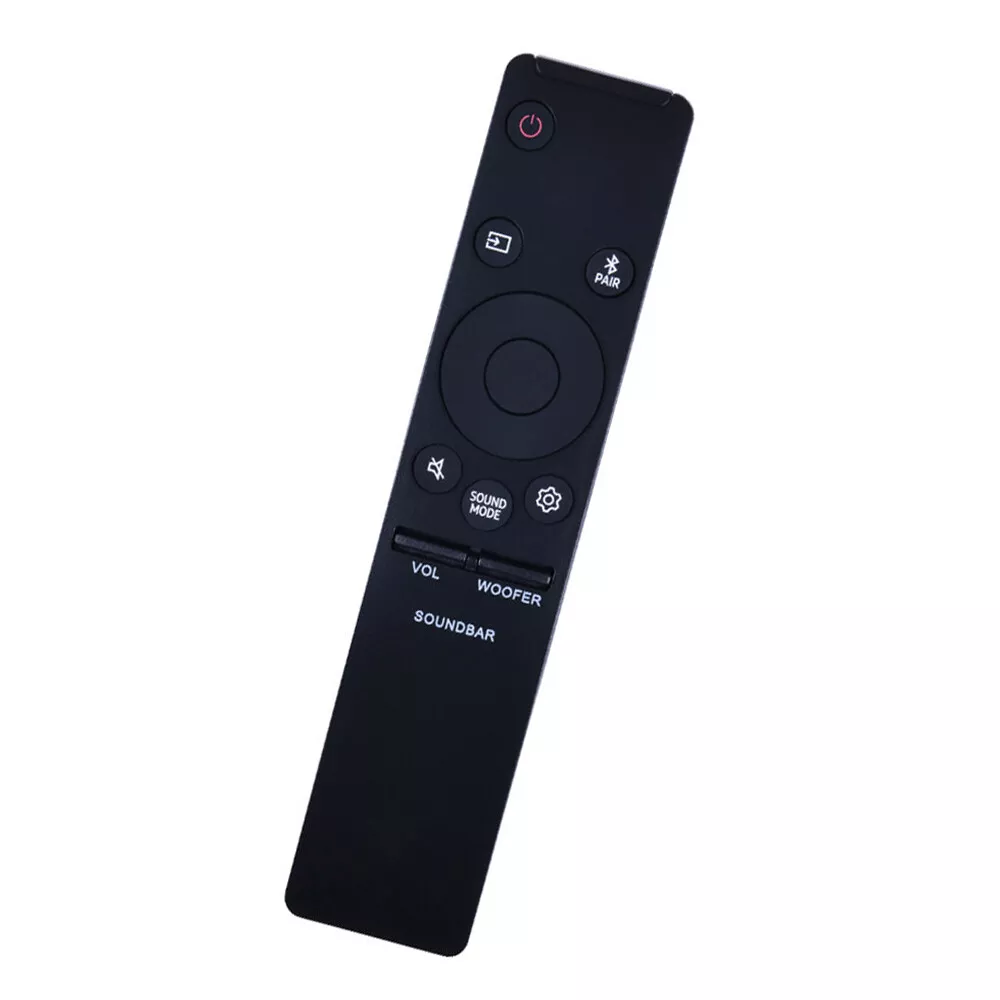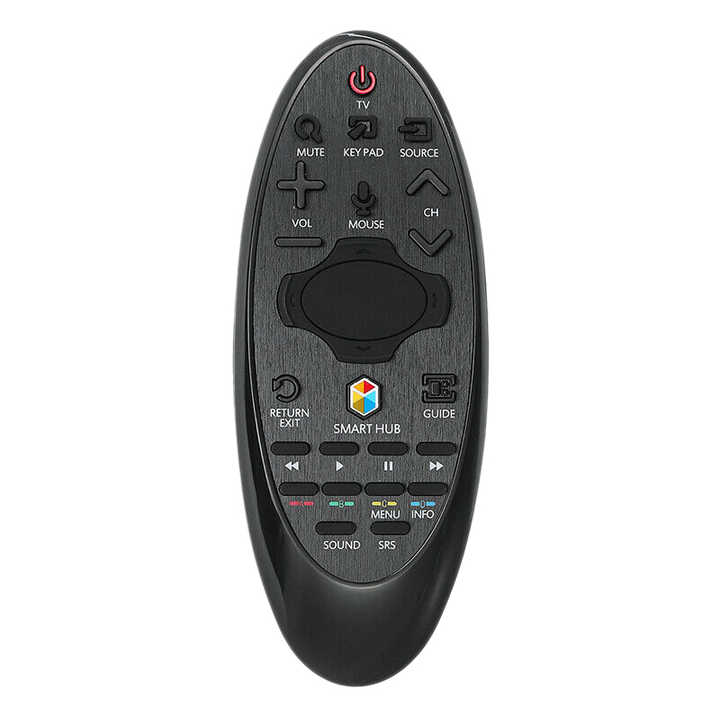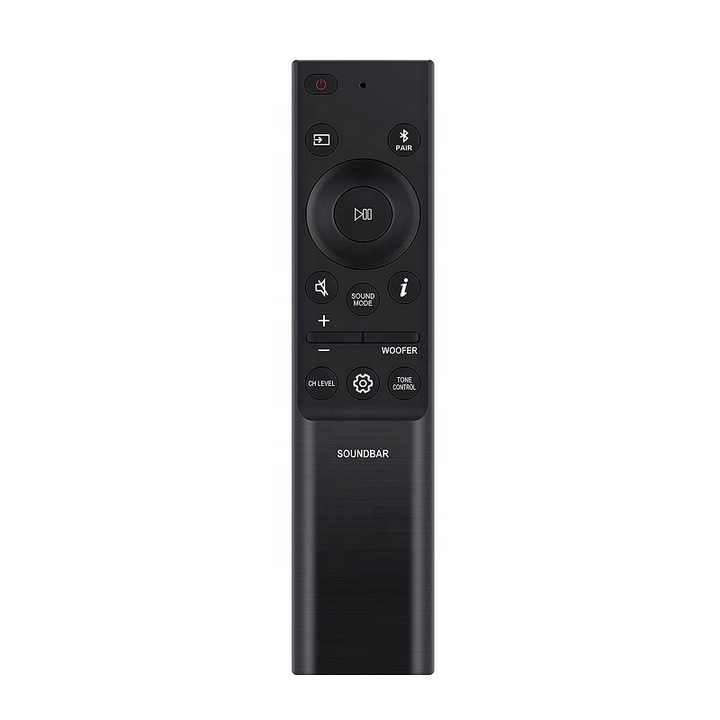In the ever-evolving world of audio technology, Samsung continues to lead with innovative solutions that enrich our listening experiences. One such solution is the Samsung Audio Remote. This feature-rich app turns your smartphone into a powerful tool for controlling your soundbar and other Samsung audio devices. This article will provide a comprehensive guide to maximizing this app’s potential in 2024. We will cover setup, navigation, customization, and troubleshooting. By the end of the article, you’ll be well-equipped to control your sound environment with ease and precision.
Getting Started with Samsung Audio Remote
Downloading and Installing the App
First, you need to download and install the Samsung Audio Remote app. Visit the Google Play Store on your Android device and search for “Samsung Audio Remote.” Select the app, then tap “Install” to begin the download process. Once installed, open the app to start the initial setup.
The app requires a few permissions to function properly. It needs access to Bluetooth for connecting with your audio devices. Grant these permissions when prompted. This step is crucial for a smooth setup.
Initial Setup and Pairing
When you first open the Samsung Audio Remote app, it will guide you through the initial setup. Make sure your Samsung audio device is powered on and in pairing mode. The app will automatically scan for available devices. When it detects your soundbar or speaker, its name will appear on the screen. Tap the device name to pair your smartphone with it.
Once paired, the app will guide you through some basic settings. These settings include volume control, input selection, and sound mode options. Familiarize yourself with these basic controls before moving on to more advanced features. The initial setup is now complete, and you’re ready to explore the app’s full potential.
Main Interface Overview
The Samsung Audio Remote app boasts a user-friendly interface. The home screen features several key sections: Volume Control, Sound Modes, and Input Selection. At the top, you’ll find a menu icon for accessing additional settings and customization options.
Volume Control is prominently displayed, allowing you to adjust the sound level with a simple swipe. Below it, the Sound Modes section provides quick access to various audio presets like Standard, Surround, and Game Mode. The Input Selection section lets you switch between different audio sources, such as HDMI, Bluetooth, and Aux.
To make the most of the app, explore the menu icon at the top of the screen. Here, you’ll find additional options like Device Settings, Equalizer, and Multi-Room Control. The Device Settings section provides detailed information about your connected devices. You can also update firmware and configure network settings from this menu.
The Equalizer section offers advanced audio customization. You can create your own presets or use predefined ones to enhance your listening experience. The Multi-Room Control feature is another highlight. It allows you to manage multiple Samsung audio devices from a single app, providing a unified audio environment across your home.
Customizing Your Audio Experience
Sound Modes and Presets
One of the standout features of the Samsung Audio Remote app is its variety of sound modes and presets. These presets are designed to optimize audio for different types of content. For example, the Movie Mode enhances dialogue clarity and surround effects, making it perfect for watching films. The Music Mode offers richer bass and treble, ideal for listening to your favorite tracks.
To access these presets, navigate to the Sound Modes section. Tap on a preset to apply it instantly. You can switch between presets with a single tap, making it easy to find the perfect setting for any occasion. The app also allows you to save your customized settings as new presets, giving you complete control over your audio profile.
Using the Equalizer
The Equalizer section is where you can fine-tune your audio settings. This feature provides a graphical representation of different frequency bands. You can adjust each band to enhance or reduce specific frequencies. For instance, increasing the bass frequencies can add depth to your music, while boosting the treble frequencies can make vocals sound crisper.
To use the Equalizer, navigate to the Equalizer section from the menu icon. Here, you’ll find a range of frequency bands with sliders for adjustments. Move the sliders up or down to modify the sound. The app also includes predefined equalizer settings like Pop, Jazz, Rock, and Classical, which you can select with a single tap. Experiment with these settings to find the perfect sound balance for your preferences.
Exploring Multi-Room Audio Control
Setting Up Multi-Room Audio
Samsung Audio Remote supports multi-room audio, allowing you to control multiple speakers and soundbars from a single app. This feature creates a cohesive audio environment throughout your home. To set up multi-room audio, ensure all your Samsung audio devices are connected to the same Wi-Fi network.
Open the Samsung Audio Remote app and navigate to the Multi-Room Control section. Here, you can add new devices by tapping the “Add Device” button. The app will scan for available devices on your network. Once it detects them, select the ones you want to include in your multi-room setup. You can assign names to each device for easy identification.
Grouping and Managing Devices
Once you’ve added your devices, you can group them together. Grouping allows you to play the same audio on multiple devices simultaneously. To create a group, tap the “Create Group” button, select the devices you want to include, and assign a group name. You can now control this group from a single interface.
Managing multi-room audio is straightforward. You can adjust the volume for individual devices or the entire group. The app also lets you select different audio sources for each device, providing flexibility in your multi-room setup. This feature is particularly useful for parties or events, where you want consistent audio throughout your space.
Integrating Voice Control
Using Samsung Bixby
The Samsung Audio Remote app integrates seamlessly with Samsung Bixby, the company’s AI voice assistant. This integration allows you to control your audio devices using voice commands. To get started, ensure Bixby is enabled on your smartphone.
Open the Samsung Bixby interface and say, “Open Samsung Audio Remote.” You can now issue voice commands like “Bixby, increase the volume” or “Bixby, switch to Bluetooth input.” These commands provide hands-free control, adding a layer of convenience to your audio management.
Compatibility with Other Voice Assistants
In addition to Bixby, the Samsung Audio Remote app is compatible with other popular voice assistants like Google Assistant and Amazon Alexa. To use these assistants, you’ll need to enable the corresponding skills or apps. For Google Assistant, open the Google Home app, navigate to the “Add Device” section, and follow the prompts to link your Samsung audio devices.
For Amazon Alexa, open the Alexa app and enable the Samsung Audio Remote skill. Once enabled, you can issue commands like “Alexa, play music in the living room” or “Alexa, set the volume to 50%.” This multi-assistant compatibility ensures you can control your audio environment using your preferred voice assistant.
Troubleshooting Common Issues
Connectivity Problems
Despite its user-friendly design, the Samsung Audio Remote app may sometimes encounter connectivity issues. A common problem is the app failing to detect your audio device. First, ensure that Bluetooth is enabled on your smartphone and the audio device is in pairing mode. Restart both devices to refresh their Bluetooth settings.
If the issue persists, try resetting the network settings on your smartphone. Go to the “Settings” menu, then “Network Settings,” and select “Reset Network Settings.” This action can resolve many underlying connectivity problems. Additionally, ensure your devices are running the latest firmware by checking for updates in the Device Settings section of the app.
App Crashes and Performance Issues
Another common issue is app crashes and slow performance. These problems are often caused by outdated software or insufficient device memory. First, make sure the Samsung Audio Remote app is updated to the latest version. Open the Google Play Store, navigate to “My Apps & Games,” and check for updates.
Clearing the app cache can also improve performance. Go to your smartphone’s “Settings” menu, select “Apps,” and find Samsung Audio Remote. Tap on “Storage,” then “Clear Cache.” If the app continues to crash, consider uninstalling and reinstalling it. This action can resolve multiple issues, ensuring a smoother user experience.
Enhancing Your Listening Experience in 2024
Exploring New Features
As technology advances, Samsung continues to update its Audio Remote app with new features. In 2024, expect enhanced integration with smart home devices, improved multi-room capabilities, and advanced sound customization options. Stay informed about these updates by regularly checking the app’s release notes.
One of the most anticipated features is the integration of artificial intelligence for personalized audio recommendations. This feature will analyze your listening habits and suggest optimal sound settings for different content types. By leveraging AI, Samsung aims to provide a more tailored and immersive audio experience.
Staying Updated with Firmware and Software
Keeping your devices and software updated is crucial for optimal performance. Regularly check for firmware updates in the Device Settings section of the app. These updates often include bug fixes, new features, and improved compatibility with other devices.
Similarly, ensure the Samsung Audio Remote app is always updated. An up-to-date app guarantees you have access to the latest features and improvements. Set your smartphone to automatically update apps to avoid missing any important updates.
Conclusion
In conclusion, the Samsung Audio Remote app is a powerful tool for controlling your sound environment. From initial setup and navigation to advanced customization and multi-room control, the app offers a comprehensive solution for managing your audio devices. Integrating voice control with assistants like Bixby, Google Assistant, and Amazon Alexa adds convenience, while troubleshooting tips ensure a smooth user experience. By staying updated with new features and firmware, you can continually enhance your listening experience in 2024. Dive into the Samsung Audio Remote app and take control of your sound like never before.
